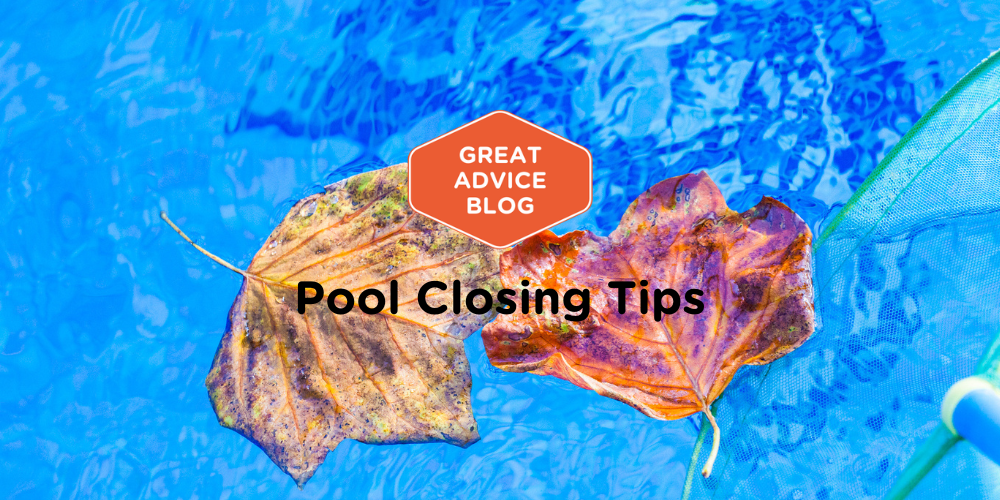1. Check the Chemical Levels
Before closing your pool, it's important to check the chemical levels and ensure that the water is balanced. As the water gets colder during the winter months, it naturally becomes acidic. Slightly increasing your pH before closing the pool, will help prevent aggressive water from attacking the pool surface. If the water chemistry is not thoroughly balanced, it can lead to problems such as algae growth, scale formation or wrinkled liners. One week prior to closing your pool, bring a water sample into your closest DPSW location for a free professional water analysis and personalized balancing instructions.
2. Clean the Pool
Cleaning the pool before closing is crucial. Make sure to remove any debris, including leaves, insects, and other organic matter, using a skimmer net. Brush the walls and floor of the pool to remove any algae or dirt that may be clinging to the surface and vacuum the pool floor to remove any remaining debris. When organic matter is left in the water, sanitizer levels are used up quickly. Organic matter will also cause water discolouration and often leads to organic staining on the surface of the pool.

